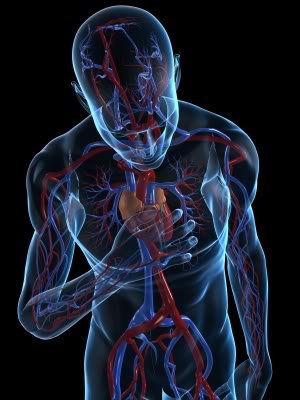Natural History Study Describes Progression of Cardiac Abnormalities in Sanfilippo Patients
Written by |

Sanfilippo syndrome patients present cardiac abnormalities with mild progression over time. However, these symptoms do not raise any specific concerns for gene transfer clinical trials in this patient population, according to a recent natural history study.
The study, “Natural history of echocardiographic abnormalities in mucopolysaccharidosis III,” was published in Molecular Genetics and Metabolism.
In addition to many other features, mucopolysaccharidosis (MPS) patients develop cardiac abnormalities that result from the accumulation of a type of sugar called glycosaminoglycans (GAGs) in heart valves, arteries, and cells.
Although studies have addressed heart involvement in MPS types I and II, there have been very few studies regarding cardiac involvement in MPS III (Sanfilippo syndrome).
Defining cardiac involvement in Sanfilippo syndrome would help differentiate it from any heart-related side effects that may be caused by potential treatments. This is particularly relevant since there are no available enzyme replacement therapies for Sanfilippo, and new treatments are being evaluated in clinical trials.
Researchers at Nationwide Children’s Hospital in Columbus, Ohio, assessed cardiac abnormalities in a large group of Sanfilippo patients followed in a longitudinal natural history study to determine outcome measures for gene transfer trials.
The study involved 25 Sanfilippo children (15 with type A and 10 with type B), 15 of whom had cardiac abnormalities as detected by echocardiographic analyses — an exam that uses sound waves to produce images of the heart — at the beginning of the study. Echocardiogram abnormalities were detected at an average age of 6.8 years.
There were no significant differences in cardiac abnormalities between type A and B patients, except in the case of mitral valve regurgitation — leakage of blood backwards every time the heart contracts — which occurred more in type B patients.
Patients were followed for a year during which all cardiac abnormalities identified — including abnormalities in heart valves, aortic artery, and abnormal left ventricular (one of the chambers of the heart) function — were present across all Sanfilippo subtypes.
These results indicate that Sanfilippo patients have cardiac involvement, with valvular abnormalities being the most common. Over the one-year follow-up period, patients showed only mild progression of these abnormalities with none requiring intervention.
Researchers concluded that if cardiac abnormalities are not identified in Sanfilippo patients, “these children often go undiagnosed for the period of time during which their only obvious symptoms are developmental delay and behavioral issues.”
Importantly, the one-year follow-up results “raise no specific concerns for gene transfer trials in patients.”





